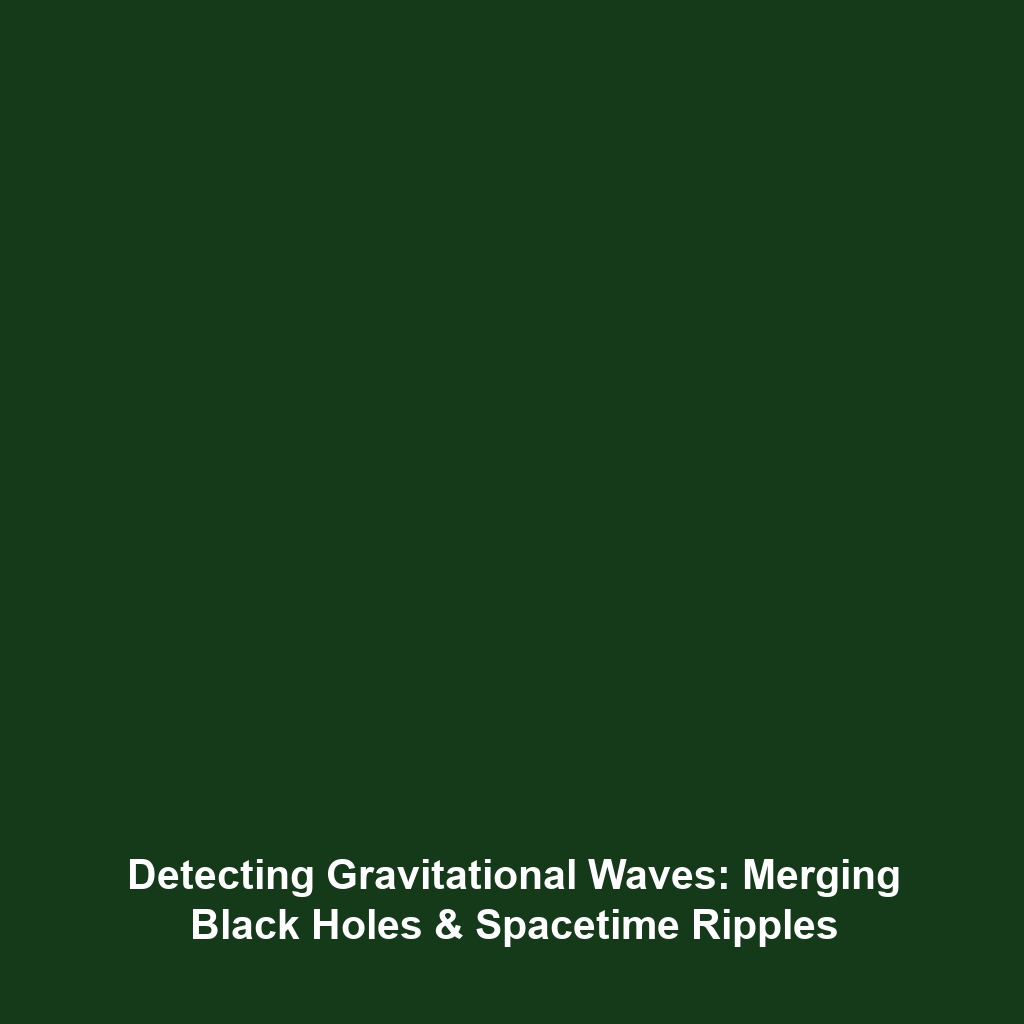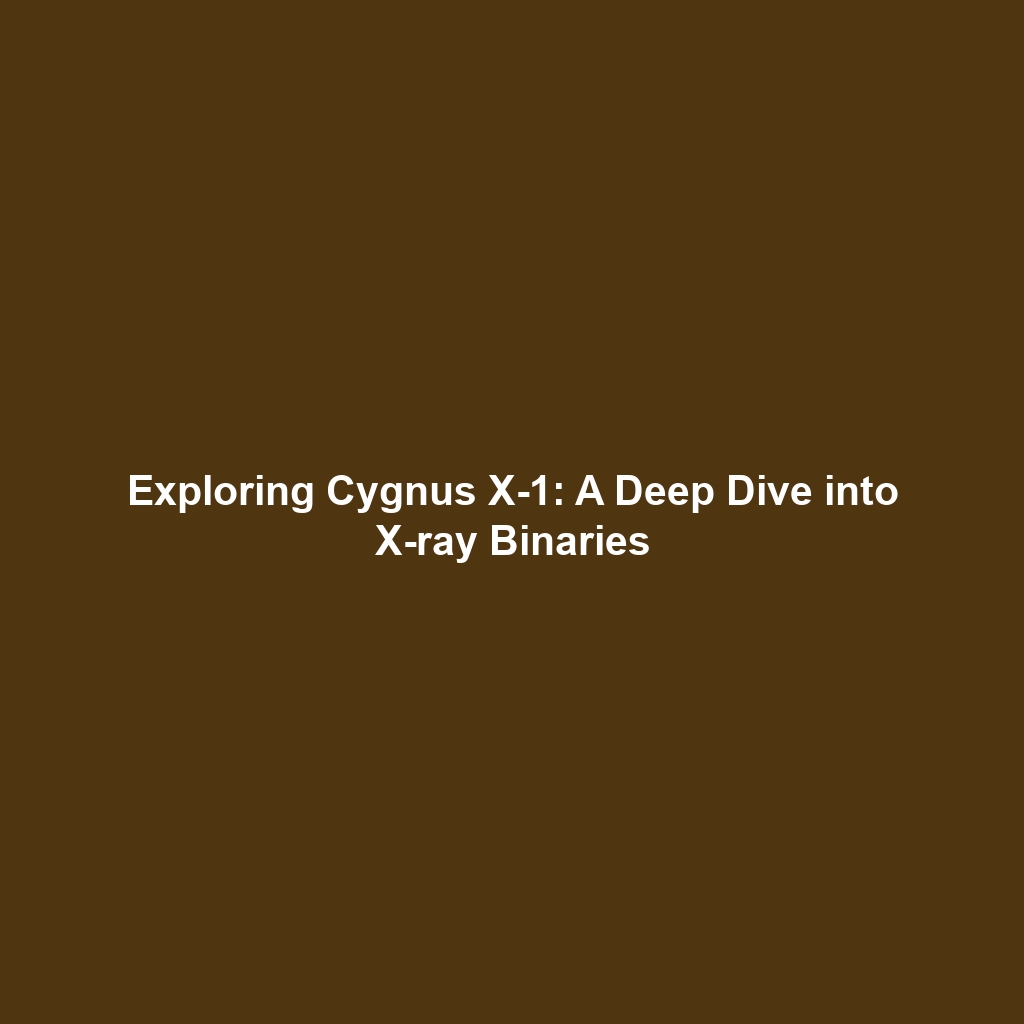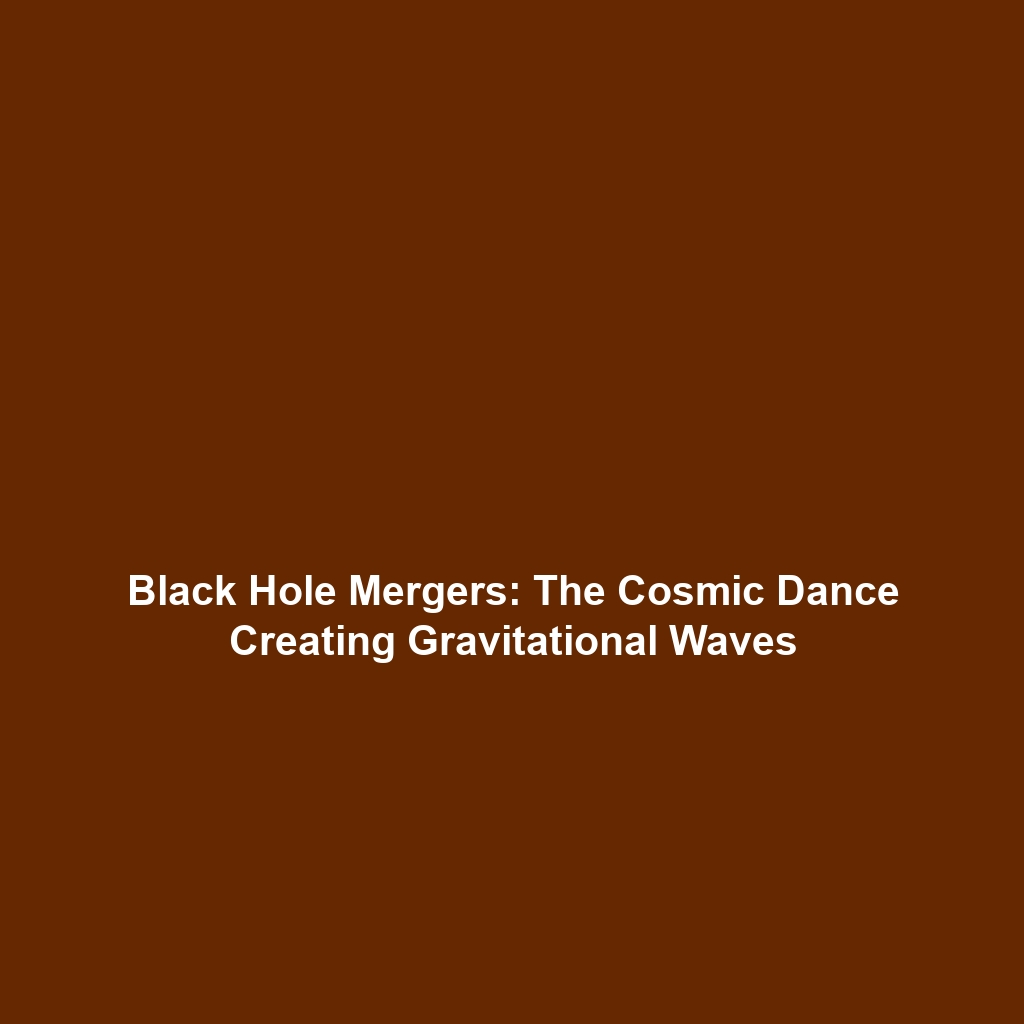How Accretion Disks Form Around Black Holes
Introduction
Accretion disks around black holes are crucial for understanding the complex dynamics of these enigmatic cosmic entities. These disks, formed by material spiraling into a black hole, significantly influence the black hole’s growth, stability, and the surrounding environment. Understanding how accretion disks form around black holes not only enhances our knowledge of astrophysics but also sheds light on gravitational forces, energy emissions, and the fate of matter in extreme gravitational fields. This article delves into the mechanisms, applications, and future of accretion disks.
Key Concepts
Formation of Accretion Disks
The formation of accretion disks around black holes typically occurs in the following stages:
- Material Infall: Gas, dust, and stellar debris enter the black hole’s gravitational influence.
- Angular Momentum: As the material accelerates towards the black hole, it conserves angular momentum, causing it to flatten into a rotating disk.
- Heating Mechanism: The gravitational forces and friction within the disk heat the material, emitting X-rays detectable from Earth.
Significance in Astrophysics
Accretion disks are not only critical to the growth of black holes but also play a significant role in astrophysical phenomena, such as the emission of high-energy radiation and the formation of astrophysical jets. Understanding these disks allows scientists to probe the properties of black holes and their influence on galaxy formation and evolution.
Applications and Real-World Uses
Understanding how accretion disks form around black holes has several practical applications in both theoretical and observational astrophysics:
- Astrophysical Models: Accretion disks serve as a foundational element in models predicting black hole behavior and formation.
- X-ray Astronomy: Observations of accretion disks provide critical data for high-energy astrophysics, influencing satellite missions aimed at studying cosmic radiation.
- Gravitational Wave Detection: Insights gained from accretion disk dynamics help improve gravitational wave analytical models and detection technologies.
Current Challenges
Despite significant advancements in astrological research, several challenges remain in studying how accretion disks form around black holes:
- Observational Limitations: The distance and faintness of many black holes make direct observation of accretion disks challenging.
- Complex Physics: The highly turbulent environment within accretion disks is difficult to simulate and fully comprehend.
- Data Overload: The vast amounts of data generated from X-ray observations can complicate the extraction of meaningful insights.
Future Research and Innovations
Future research on accretion disks promises to unveil groundbreaking insights into black holes:
- Next-Generation Telescopes: Innovations in telescope technology, such as the Event Horizon Telescope, are expected to provide clearer images of accretion disks.
- Fluid Dynamics Simulations: Advances in computational simulations will enhance our understanding of turbulence within accretion disks.
- Interdisciplinary Approaches: Collaborations across physics, mathematics, and computer science may yield novel theories and applications.
Conclusion
In summary, how accretion disks form around black holes plays a pivotal role in the study of black holes and their broader astrophysical implications. With ongoing advancements in technology and theoretical frameworks, the future of black hole research looks promising. For further exploration of related topics, visit our sections on black hole events and astrophysical simulations.






